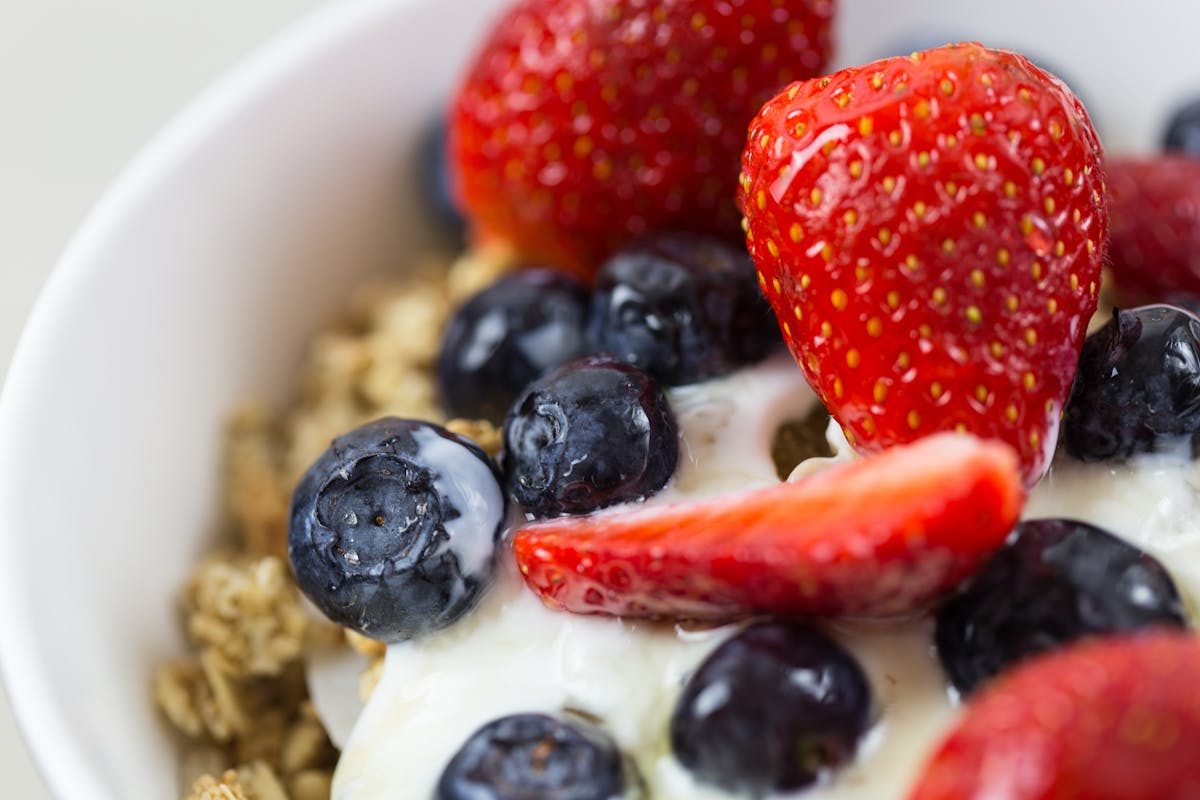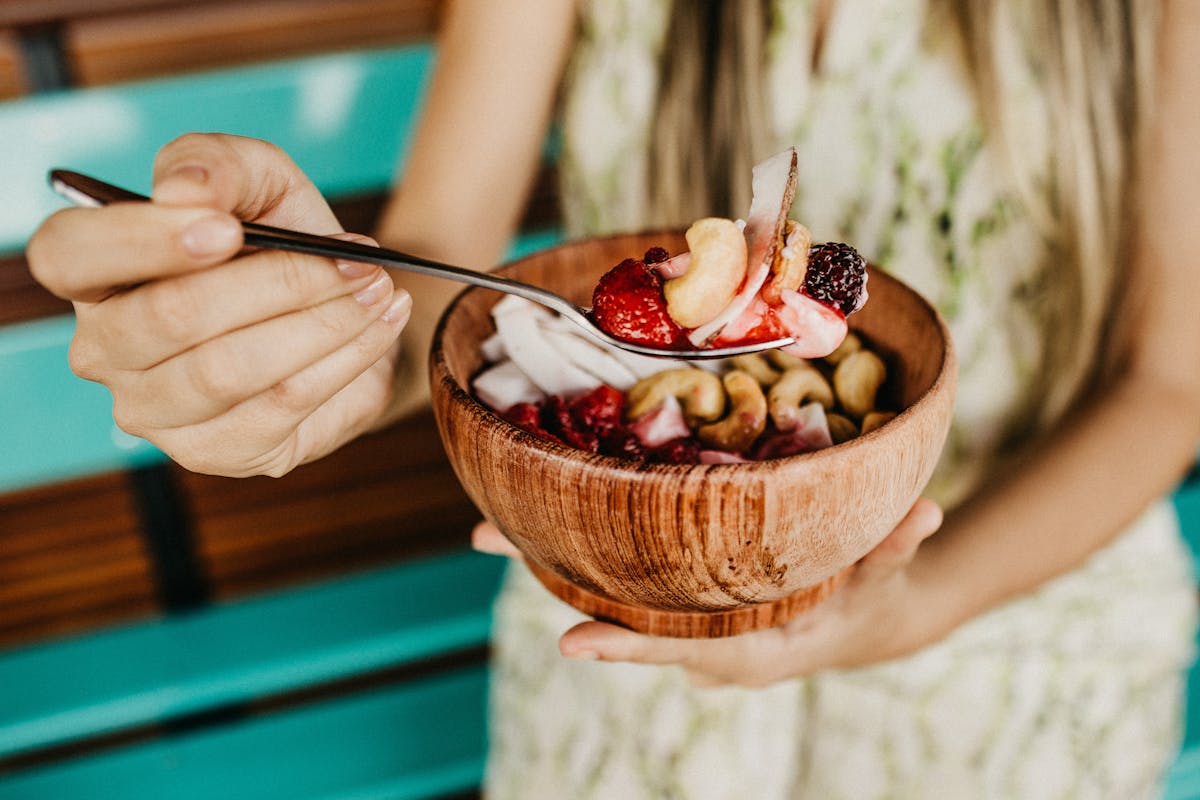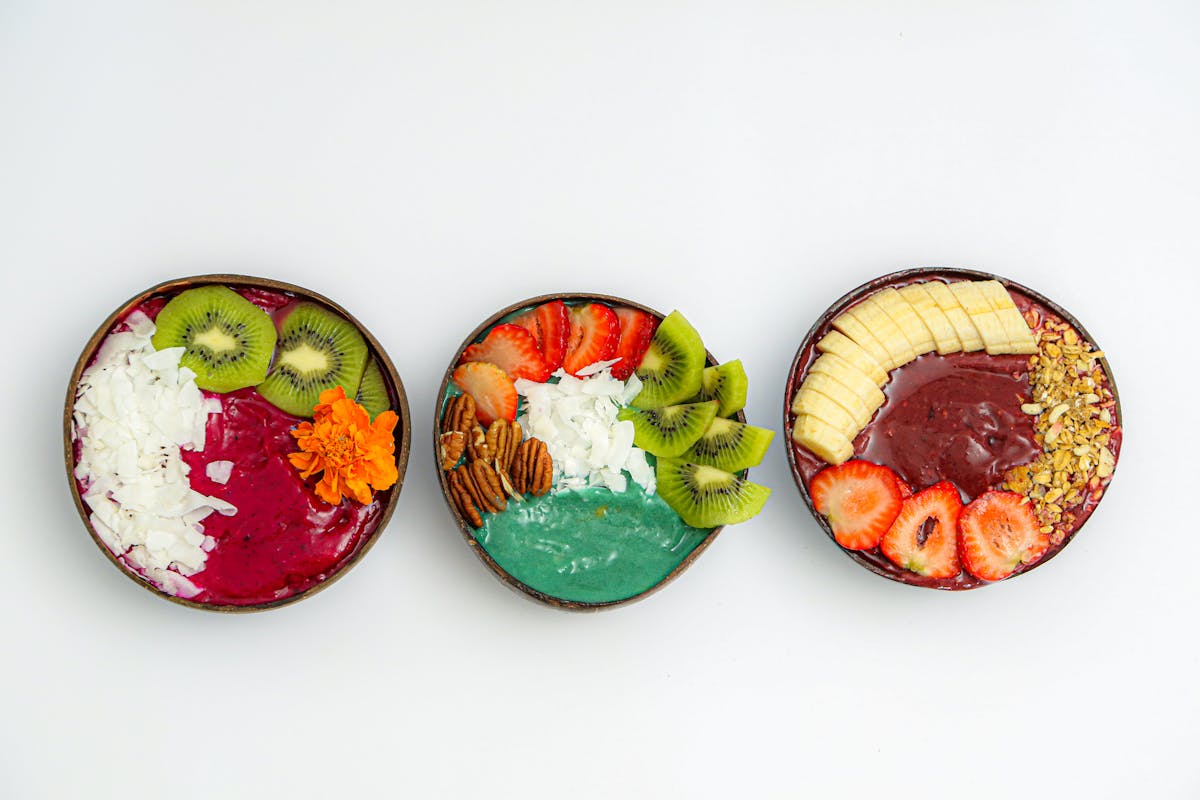The great highlight of oats is their fiber content, not only due to the quantity, but also due to the quality of this nutrient. Beta-glucans, fibers exclusive to oats, offer several benefits to the body: they promote satiety, improve intestinal transit and even strengthen the immune system.
But if you think that oats only contain fiber, you’re wrong — they’re also rich in protein and minerals, such as magnesium, zinc, and iron. To enjoy their benefits, the ideal is to consume about 30 grams per day , the equivalent of three tablespoons. Due to their high fiber content, consumption should be accompanied by fluid intake.
Want to include this cereal in your diet, but are out of ideas? Here are some healthy suggestions for consumption. Check it out!
1. Oatmeal with fruit
There’s nothing better than chopped or mashed fruit with oats for breakfast or a mid-morning snack. “The oats provide dietary fiber, while the fruit provides essential vitamins and minerals, especially to start the day with lots of energy,
Additionally, studies show that eating fruit and oatmeal once a day is linked to lower cholesterol levels.
Since oats are a source of carbohydrates, eating the cereal with a fruit, such as a banana, can be a great substitute for bread for breakfast. This benefit is due to the presence of beta-glucan, a water-soluble fiber that is inert during the digestive process and forms a gel when in contact with water, which is responsible for binding to bile acids and eliminating them through the feces.
This process causes the cholesterol present in the bloodstream to be mobilized to form more bile acids, thus reducing its levels in the blood.”
2. Oatmeal porridge
A source of carbohydrates and proteins, porridge is an excellent food to eat for breakfast. “The intake of low glycemic index carbohydrates provides energy to the body gradually, preventing the individual from reaching a glycemic peak and consequently reducing the risk of being overweight ,
Oats also promote a longer satiety period because they form gels when in contact with water, which increases the digestion time in the stomach. However, the amount of fat and sugar in the recipe deserves attention. The most common way to make porridge is with rolled oats, but bran can also be used.
3. Wheat substitute
According to nutritionist oat flour comes from the inner part of the grain, while bran is obtained from the outer layer of the oat. “The second has more fiber than the first, but both help with good intestinal function and satiety,
As far as proportions are concerned, both oat flour and oat bran can be used in the same proportions as wheat flour in a recipe — pancakes, pasta, bread, pies… Use your imagination!
4. Cereal mix
If you find oats a bit bland, try combining them with other cereals of your choice and creating your own recipe, to add to fruits, juices or yogurt. This way, you can add other nutrients to the fibers in oats, such as unsaturated fats and antioxidants.
5. Oatmeal with yogurt
“Yogurt is considered a functional food due to the presence of probiotics, that is, beneficial bacteria that colonize the intestine and improve its functioning”,
Adding a spoonful of oats to this snack adds fiber, which is also a powerful ally for intestinal transit and, once functioning correctly, helps control cholesterol , lose weight and strengthen immunity.
“The combination of oats and yogurt contains on average 3.5 g of fiber, equivalent to 15% of the recommended daily fiber intake,” explains the specialist. A cup of skimmed yogurt plus two tablespoons of oats has 179 kcal, while a cup of whole yogurt plus two tablespoons of oats adds up to 227 kcal.
6. Farofa with oats
“Oats can completely replace corn flour or other types of flour used to make farofa. You can also use other grains, such as flaxseed , to increase the fiber and omega-3 content of the preparation — the nutrient helps with cognitive, reproductive and inflammatory functions.
7. Juices and smoothies with oats
Very versatile, oats go very well in juices and smoothies. In addition to fiber, adding this ingredient to liquids provides adequate amounts of carbohydrates. “Before a sports workout or even at breakfast, when the carbohydrate intake needs to be higher, fruit juice alone would not meet this total need.”



